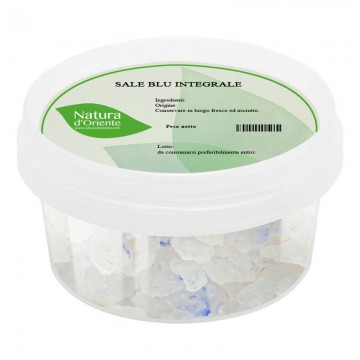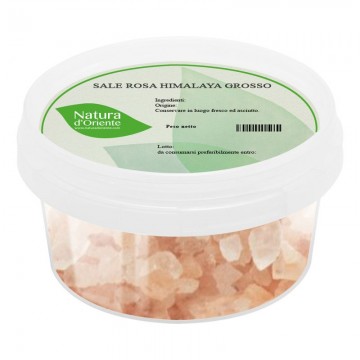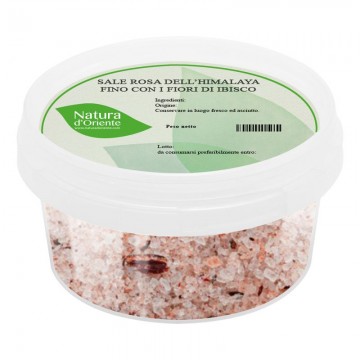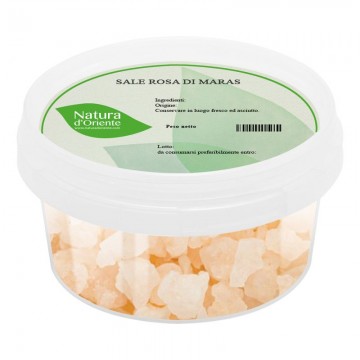The Murray River Salt flakes derive from the ancient saline aquifers of the Murray Darling Basin , in Australia. These pristine, mineral-rich brackish waters lend a pale pink hue to the Murray River salt that makes this seasoning special on the table.
Murray River Australian Pink Salt: features and benefits
This natural pink salt from Australia derives its hue from brackish, mineralized waters with a high content of calcium, magnesium, iodine and potassium. Its pink peach color is mainly due to iron oxide and other minerals, and the red pigments (carotene) of salt-tolerant algae. The pure waters of the underground aquifers make a natural salt, without additives or preservatives, free of pesticides and residues of atmospheric pollution. The flakes of this Australian pink salt are thin and light, very soft and fragile; excellent for giving a light texture to recipes. It is a salt with a delicate flavor, loved for this by important chefs, able to enhance food without overwhelming it with flavor. A fine salt with a full-bodied flavor but without the strong salty bitterness of other Australian or ocean salts. The light consistency and delicate pink color make Murray River salt one of the crispest and most beautiful salts ever, perfect for finishing the most refined dishes.
Origins and History of the extraction
This pink Murray River salt comes from the Murray Darling Basin region of South East Australia. It is not obtained from the waters of the river (the longest in Australia), but from the underground springs of pristine salt water, which is pumped into the crystallization basins. A traditional Australian original salt is obtained, considered unique for its color, which derives from the fact that the brackish basin is rich in minerals, such as magnesium, calcium, potassium and iodine. In the ancient Murray-Darling inland basin, the saline waters are known for their purity as well as their mineral content. They have been trapped underground for thousands of years, without being exposed to the elements. Until the salt production was started. This low-lying area was submerged by an ancient, shallow inland sea. When the land mass began to rise (millions of years ago), the salt water tried to return to the ocean and a river was born that would later become the present Murray River. Today, rising groundwater is bringing salt previously stored in the Murray Darling Basin's groundwater systems to the surface. To obtain the salt of the river the mineralized and pure waters pass through different channels, in order to enter the crystallization basins. The brine is evaporated by the heat of the sun, and crystallizes during the hot, dry summer months. The salt concentration increases rapidly, and finally the salt flakes are collected by hand. This is how the naturally pink Australian salt was born, thanks to iron oxide and other minerals.
Nutritional values of Rosa Murray River salt
This salt contains mostly sodium chloride, and is rich in minerals , such as magnesium, calcium, and to a lesser extent potassium and iodine .
How to use Murray River pink salt in the kitchen
This condiment gives a full-bodied but delicate flavor, without the intense notes of sea salt. It enhances the dishes without covering the taste, and is recommended to dress salads, seafood, meat and fish. Excellent on steaks and as a delicate barbecue salt. You can sprinkle with pink salt flakes vegetables, eggs, and even dishes that improve thanks to the colorful decoration. Murray River salt can also be used in desserts, for the preparation of dark chocolate and salted caramel.
Murray River Australian Pink Salt: side effects and contraindications
Caution is advised in the intake of sea salt in case of hypertension, cardiovascular disorders, diseases related to the kidneys and blood vessels. Furthermore, it is good to moderate the amounts of salt during pregnancy and breastfeeding.



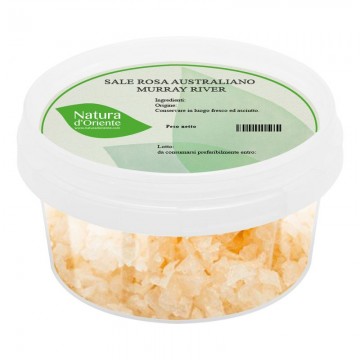

 No reward points for this product.
No reward points for this product.

